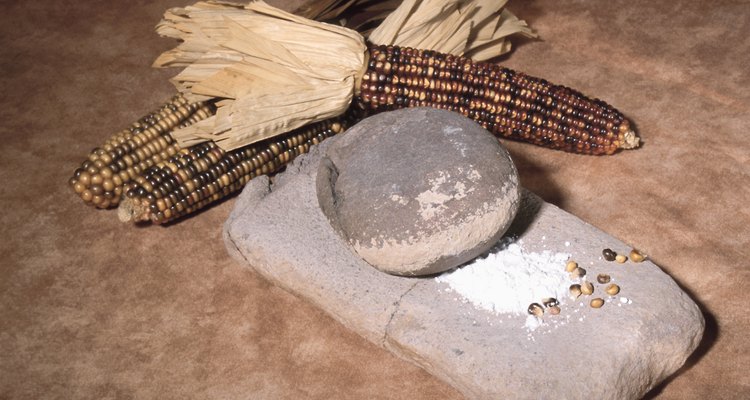
Porgie is a bottom-dwelling fish, commonly found in waters off U.S. coastlines and temperate Southern oceans. They are commonly caught for food, particularly scup, which typically weigh 1 lb., and sheephead, which reach into the 3- to 4-lb. range. The fish is commonly prepared whole, and works well with several cooking methods, including roasting, salt-baking and frying. The technique for frying porgie is similar to frying whole catfish, and, like other bottom-dwelling carnivores have a mildly sweet taste that benefits from a buttermilk marinade.
Mix together 1 cup of whole buttermilk and 1 tsp. of freshly squeezed lemon juice. Place two porgie in a shallow baking dish, pour the buttermilk over them, and allow them to marinate for one hour in the refrigerator. Turn the fish over after 30 minutes.
Combine 1 cup of cornmeal, 1/2 tbsp. kosher salt and 2 tsp. freshly-ground black pepper and distribute the mixture in an even layer on a plate. Rinse the porgie and pat dry with paper towels.
Heat 4 tbsp. peanut or canola oil in a heavy-bottomed pan over high heat until it shimmers, approximately 4 minutes. Remove the porgie from the buttermilk and drain the excess.
Dredge the porgie in the seasoned cornmeal and shake off any excess. Place the fish in the pan and cook until golden, approximately 2 minutes each side.
Reduce the heat to medium. Add two sprigs of fresh thyme and two sprigs of fresh dill to the pan. Continue cooking the porgie until it reaches an internal temperature of 145 degrees Fahrenheit, approximately 12 minutes.
Related Articles
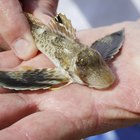
How to Cook a Sea Robin
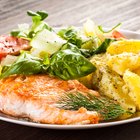
How to Cook a Turbot Fillet
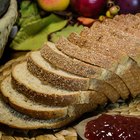
How to Substitute Wheat Germ for Flour

How to Cook Trevally

How to Bake Lingcod
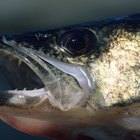
How to Pan Fry Pickerel

How to Cook Swai With Breading

How to Cook Fish Nuggets With Cornmeal
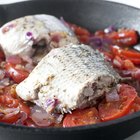
How to Cook Hog Fish
How to Cook Atlantic Cod Fillets

How to Cook Fish With Flour

How to Bake Boneless Skinless Tilapia
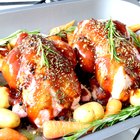
How to Cook Poussin in an Oven
How to Cook Cobia
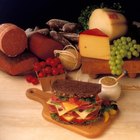
Calories in One Slice Provolone Cheese

How to Bake Fish With Panko Crumbs

How to Cook Barbecue Chicken Drumsticks ...
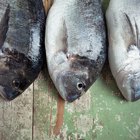
How to Cook Tarakihi

How to Cook Salmon in Pineapple Juice

How to Cook a Baked Panko Chicken Liver
Writer Bio
A.J. Andrews' work has appeared in Food and Wine, Fricote and "BBC Good Food." He lives in Europe where he bakes with wild yeast, milks goats for cheese and prepares for the Court of Master Sommeliers level II exam. Andrews received formal training at Le Cordon Bleu.
Photo Credits
Hemera Technologies/AbleStock.com/Getty Images